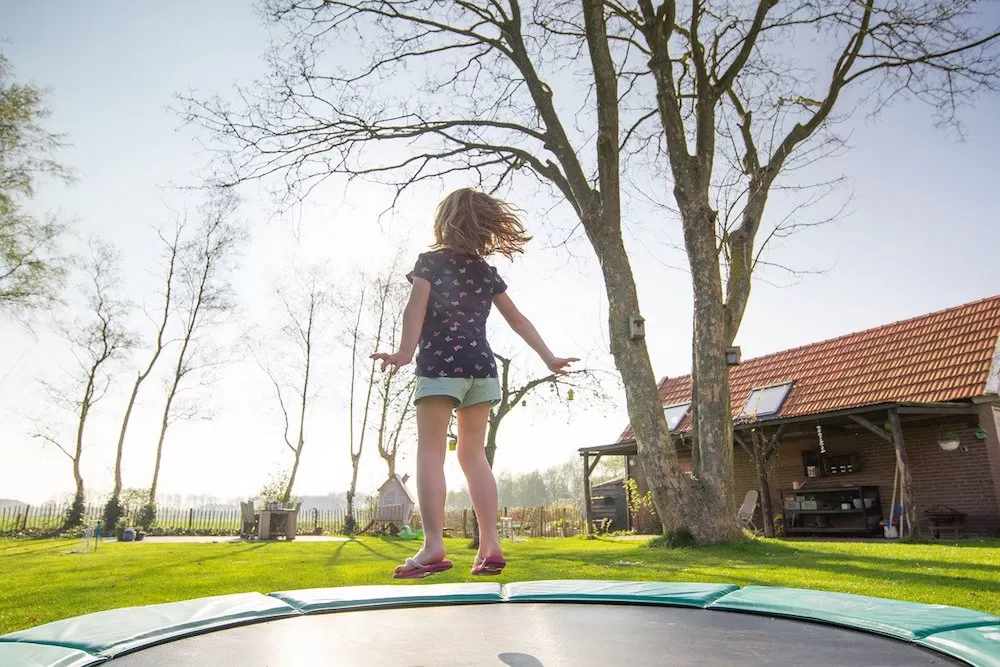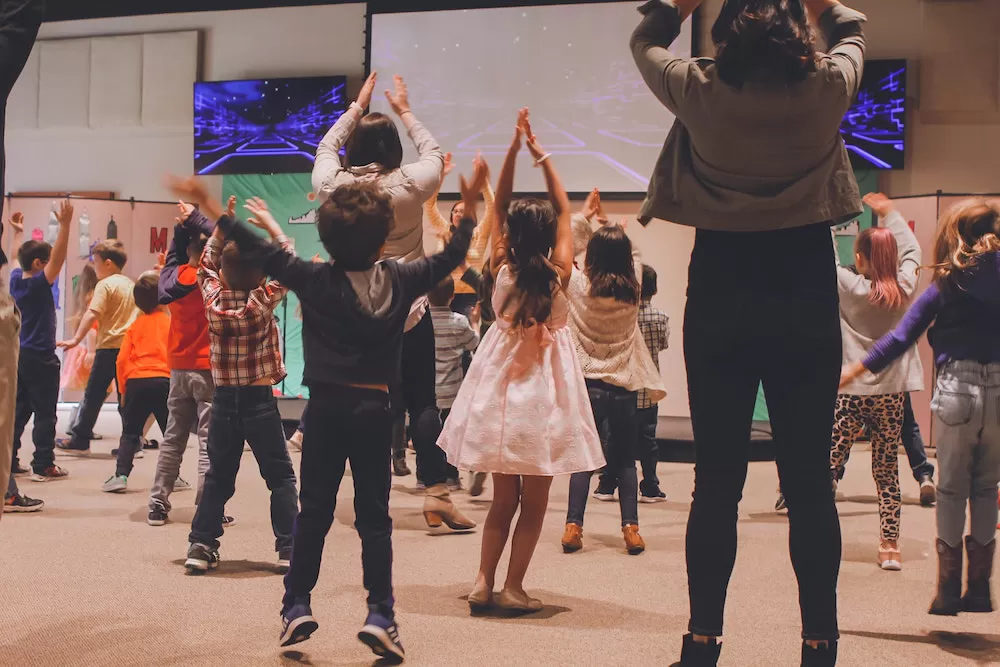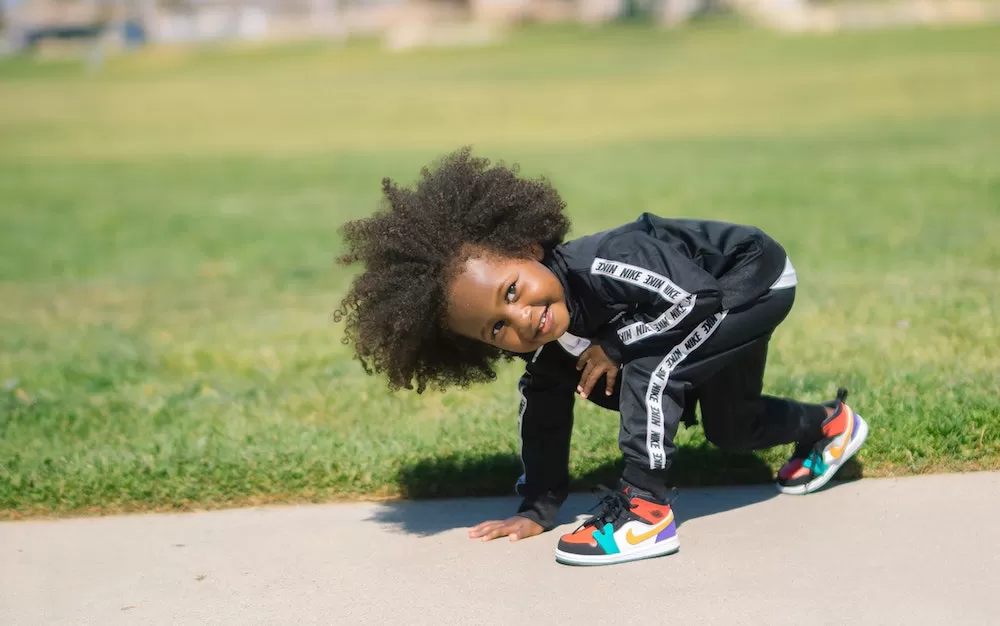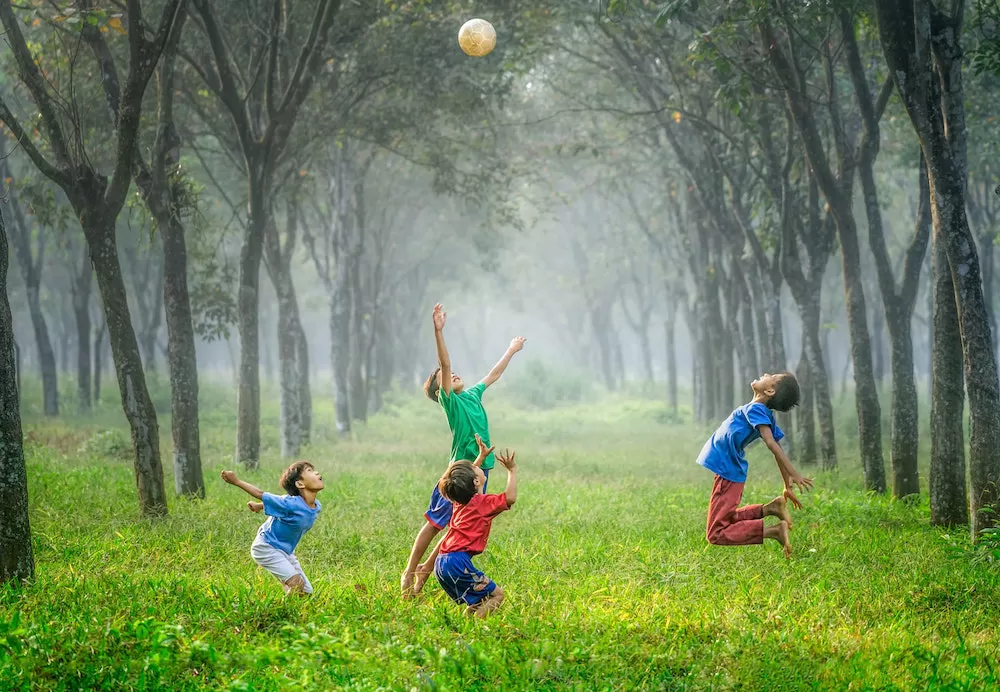
When teaching and doing various exercises with your kids, it's best to start with the simpler ones first. Calf raises are perfect examples. They're as simple as standing straight on the floor, with your feet firmly flat on the surface. Then, ever so gently, you raise your toes to do a tip-toe pose and stay on that position for a couple of counts. Up until five will be good so that your kids can count along too. Once you've reached five, you slowly put your heel flat on the floor again and repeat the whole cycle. Kids will love trying to tip-toe their way into a more active lifestyle with this exercise!
Now for an exercise that'll pump your adrenaline even more! And this will likely get your kids to feel more energized as well. It's time for jumping jacks! Standing straight in your position, keep your feel substantially apart. Then, as you jump, put your hands and feet together. It helps if you clap while you jump as well. Do this rhythmically for a certain number of times and you're done! Now, wasn't that smile too? And it'll give you and your little ones a nice sweat, preparing your bodies for even more complicated, but still child-friendly exercises ahead!

Your kids most probably loved doing jumping jacks because of all the jumping. Children are known to enjoy jumping and hopping around. It's practically one of their first movements when they learn how to walk. Well, to keep their enthusiasm for exercising going, do hurdle hops next. It's as simple as hopping side to side pretending there's a hurdle in the middle. Do it in even numbers so that you get to jump on both sides equally. Once you've done this, you can doit front-to-back as well, still pretending there's an imaginary hurdle in front of you.
If there's one thing kids love to play, it's pretending to be animals. Fortunately, there's an easy exercise that can allow them to do just that: the crab walk. Bend your knees and let your hips drop slightly off the floor, about a few inches or so. Then, with your palms firmly flat on the floor, walk as if you're a crab. You can walk back-to-front, side-to-side, or even both! Your kids will love pretending to be crabs, and you can even make a game out of it, trying to "pinch" the other people as you walk crab-like in your living room or play area!

Now for the classics! At an early age, it pays to teach your kids the most basic of exercises, particularly the push-ups! Not only will they help them grow up stronger and more physically resilient, but at lease, once they need to for their own physical education, they'll know how to do it. Although, as parents, it pays to be patient with them. Doing push-ups can be tricky, no matter your age. For your young kids, they won't get it right away, even if you've already mastered it. Try to make it fun for them, make it into a game or incorporate some music to make the exercise seem less intimidating.
This is an exercise your kids will probably find funny and awkward at first. But you know what? Let them laugh! As long as they do it and they get the hang of doing it, you've achieved your goal! It's better to do it yourself first, squatting and counting to, at the very least, five and them going back up again. Then make your kids do it. Gently get them into position and help them count to five while they're at it. Once they get the hang of it, they'll no longer laugh and they'll feel stronger than ever!

Out of all the exercises on this list, doing a cartwheel will probably one of your kids' favorites. Knowing how to do the move will give them a sort of playground "street cred," ad many kids often show off that they can do it themselves. But what exactly do cartwheels, aside from something to show off their little friends, help your children with? Better coordination. There's a reason why even some adults don't know how to do a cartwheel. Oftentimes, this means they lack the right coordination to do it. At an early age, help your kids better balance and coordinate themselves by teaching them how to do cartwheels.
Now to go beyond the floor! What does this mean, exactly? Handstands! Another great way to help your kids grow up with better balance and self-coordination is by teaching them how to do handstands. Of course, they won't get them in one go, so to help them out, use the wall as a guide and as support. Place their hands firmly flat on the surface, then tell them to kicked themselves up. As they do so, aid them a little but bringing their feet right above them, essentially helping them do the handstand. In no time, they'll be able to it all by themselves!

Help your kids cultivate a healthy and active lifestyle by exercising with them at home. Some of these exercise steps are basic and easy, but letting them see how important they are to their health will convince them to exercise again and again!